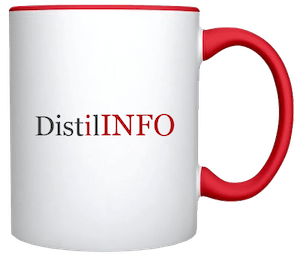Reportlinker.com announces the release of the report “Global Wearable Injectors Market Size, Share & Industry Trends Analysis Report By Therapy, By End User, By Type, By Technology, By Regional Outlook and Forecast, 2022 – 2028” – https://www.reportlinker.com/p06289303/?utm_source=GNW
Wearable injectors allow patients to self-inject medication, alleviating the strain on doctors and healthcare personnel. Wearable injectors are important in the treatment of diabetes and a variety of chronic conditions, including cancer, respiratory ailments, and arthritis. Because they do not require additional equipment or a competent person to give medications, wearable injectors are more affordable than IV infusions.
The presence of the growing healthcare industry has aided sales in the wearable injectors market. It is critical for individuals with chronic conditions to have appropriate treatment as well as dosage at regular intervals. Wearable injectors have evolved as a self-administered and self-scalable technology that can assist patients in ensuring that their medication dosage is taken on a regular basis. Wearable injectors have gained popularity due to the requirement to provide the correct volume of medical fluid. It is critical for medical practitioners and healthcare specialists to educate the public about the benefits of employing newer technology like wearable injectors and other gadgets. In the coming years, the increased occurrence of chronic conditions that mandate the utilization of seamless technologies would be a major driver of the market demand.
The rise in the prevalence of chronic conditions, the shift toward new drug delivery technologies, and improvements in wearable injector development are all factors driving market expansion. According to the Centers for Disease Control and Prevention (CDC), 129 million non-institutionalized civilian people were diagnosed with at least one chronic illness in 2018. Furthermore, as people’s concerns about immunological disease develop, the wearable injector industry would grow. Moreover, the rising need for effective, quick, and precise treatment outcomes has prompted the development of improved wearable injectors, moving the market forward.
COVID-19 Impact
The COVID-19 pandemic surged the demand for wearable injectors. In response to the COVID-19 outbreak, medical priorities have been reoriented across healthcare facilities, with treatment for COVID-19 patients taking priority. Wearable injectors offer a viable platform for closing the gap between in-clinic treatment and auto injectors. Wearable injectors addressed major loopholes in healthcare infrastructure as well as connected health services. As patients with cardiovascular, chronic pulmonary and neurological diseases begin to manage the long-term repercussions of the disease, an increase in chronic ailments resulting from COVID-19 morbidity may partially fuel expansion in the adoption of wearable injectors. To protect themselves from COVID-19 exposure at clinics, patients with chronic diseases are requesting a transition from clinic to at-home drug delivery.
Want to publish your own articles on DistilINFO Publications?
Send us an email, we will get in touch with you.
Source: Finance.Yahoo








